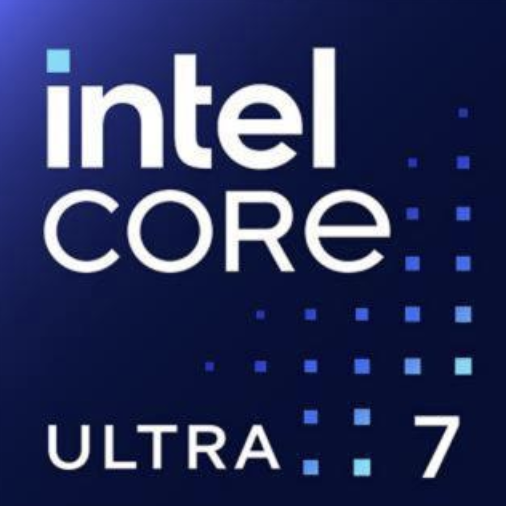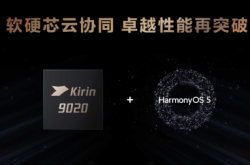Illuminate the future of education with technology - jointly build the grand plan of "Smart Education" for a hundred years
![]() 09/20 2024
09/20 2024
![]() 402
402
In the rapidly changing new era, the concept of "education is the foundation of a hundred-year plan" has been endowed with new connotations and missions. With the rapid development of artificial intelligence (AI) technology, education is moving away from traditional classrooms and textbooks towards a more personalized, intelligent, and efficient future. As a global leading technology enterprise, Intel, with its profound educational insights and technological accumulation, has become a leading force in promoting the deep integration of AI and education.
Together with its many ecological partners, Intel provides end-to-end solutions for the education industry covering various teaching scenarios. Through digital tools, content, and data, it meets the diverse needs of education and office work, comprehensively improving teaching efficiency and learning outcomes. Whether in teaching, learning, management, research, evaluation, or smart campus construction, Intel's technical solutions provide solid support for education informatization.
Hardware and software collaboration to empower smart education
At the hardware level, Intel continuously introduces high-performance, low-power consumption educational computers, tablets, and edge computing devices to ensure that students can enjoy a smooth experience in any learning scenario. By optimizing the system architecture, the security and durability of the devices have also been further improved, providing stable and reliable hardware support for educational institutions.
The Intel AI Compute Stick relies on the high-performance CPU of the Intel® Core™ Ultra 7 processor, which is equipped with high-speed cache and can reach a maximum turbo frequency of 5.00 GHz, providing excellent computing power and ensuring full compatibility with enterprise-level application software. The multi-core design, taking the 155H model as an example, has 16 cores, including 6 performance cores and 8 efficient cores, as well as 2 low-power efficient cores, supporting 22 threads and suitable for multitasking. Integrated graphics performance enhancement: The integrated Intel® Arc™ graphics of this series of processors have significantly improved performance. For example, the 155H model adopts the Xe-LPG architecture with 8 Xe cores, supporting ray tracing and XeSS super-sampling technology. Its maximum dynamic frequency can reach 2.25 GHz, and its performance is close to that of entry-level dedicated graphics cards, safeguarding video rendering and real-time interactive teaching in educational scenarios.

Intelligent platform to reshape the teaching experience
In terms of software and services, Intel works with educational software developers to jointly build an intelligent teaching platform. Through the platform, teachers can personalize teaching content, intelligently track learning progress, and provide instant feedback on teaching effectiveness. Students can obtain customized learning paths based on their own learning pace and abilities.
To promote intelligent edge development, Intel provides a complete software stack that combines underlying hardware optimization and multimedia processing frameworks to make video analysis, storage management, and data processing more efficient and convenient in educational scenarios. At the underlying level, the AI Compute Stick has a bottom layer library optimized for Intel hardware to enhance performance. This includes the Media SDK for media processing, the OpenVINO Toolkit for deep learning inference, algorithm libraries, operator-level optimization libraries, and programming interfaces.
On this basis, the AI Compute Stick also supports various media frameworks such as G-streamer and FFMPEG, and provides video scene-optimized pipelines, such as IPC input, decoding/VPP, transcoding, RAID storage, video analysis, splicing/display, feature matching, etc., making it more convenient to use and integrate.
AI empowerment to open a new chapter in education
Of particular note is Intel's outstanding achievements in promoting the deep integration of AI and education. Its AI algorithms can intelligently analyze students' learning behaviors, interest preferences, and ability levels, providing personalized learning suggestions and resource recommendations, realizing "teaching students in accordance with their aptitude" and greatly enhancing students' learning interest and efficiency.

In the future, Intel will continue to uphold its original intention of "using technology to promote education equity and quality improvement" and continuously explore new paths and models for the integration of AI and education. It is believed that with the joint efforts of technology enterprises such as Intel, the future of education will be brighter and more intelligent, laying a solid foundation for cultivating more talents with innovative spirits and practical abilities, and jointly writing a brilliant chapter in the hundred-year history of "Smart Education".







